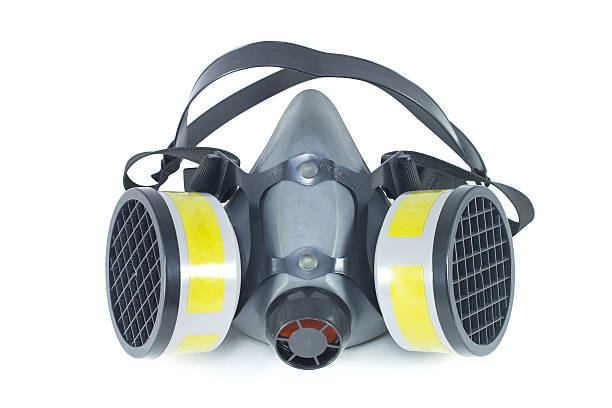Respiratory protection is an important aspect of ensuring worker safety by preventing workers from inhaling hazardous substances that can cause serious health problems. Respirators are a type of personal protective equipment (PPE) that play an important role in respiratory protection.
There are different types of respirators for different types of hazards, and choosing the right respirator for the job is critical. In this article, we will discuss the different types of respirators and their features.
Respiratory protection refers to measures taken to protect workers from inhaling harmful substances that can cause serious health problems. These substances include harmful dusts, fumes, gases, mists, vapors, and oxygen deficiencies. Essentially, respiratory protection involves the implementation of measures and the use of equipment to ensure that the air that workers breathe is safe and does not pose a health hazard.
Respiratory protection can include a variety of strategies, including effective ventilation, the use of respiratory protective equipment (RPE) such as masks and respirators, and the implementation of safe work procedures and protocols in environments where respiratory hazards exist.
All aspects of respiratory protection should be in accordance with standards and guidelines established by occupational health and safety organizations, which provide comprehensive standards and guidelines for respiratory protection to ensure worker safety.

Respirators are a type of personal protective equipment (PPE) designed to remove airborne contaminants before they are inhaled. They are commonly used in environments where the air is contaminated with particles, gases, or vapors and are necessary to protect the health of workers in a variety of industries.
1. Half-face Respirators
Half-face respirators cover the mouth and nose area and fit snugly against the skin. They are usually made of durable, flexible materials such as silicone, rubber or neoprene and are reusable.
These respirators come with replaceable cartridges or filters. Cartridges may contain materials specifically designed to neutralize certain gases or vapors, while filters are used to block particulate matter such as dust or smoke. The type of cartridge or filter depends on the nature of the respiratory hazard. Selection of the appropriate cartridge or filter is essential to ensure adequate protection.
2. Full Face Respirators
Like half-face respirators, full-face respirators are reusable and made of durable materials. The main difference is that they cover the entire face, including the eyes, thus providing additional protection.
These respirators are useful in environments where irritants may harm the eyes or where there are high concentrations of gases or vapors. As with half-face respirators, these can be equipped with different cartridges or filters to protect against specific hazards.
3. Filtering Mask Respirators
Filter mask respirators, better known as "dust masks" or "disposable respirators", are designed for single use. They cover the mouth and nose and are made of materials that filter out airborne particles.
These respirators are typically used in non-toxic dust environments, such as sawdust, or where airborne allergens are present to provide the most basic respiratory protection. They do not protect against gases, vapors or very fine particles, nor do they protect the eyes.
Understanding the various types of respirators and their functions is critical to ensuring safety in many industries. Each type of respirator has a unique purpose for specific environmental conditions and contaminants. Using the right respirator greatly contributes to preventing occupational diseases and protecting worker health.
Copyright © Hebei Sinotools Industrial Co.,Ltd. All Rights Reserved | Powered by  Sitemap
Sitemap